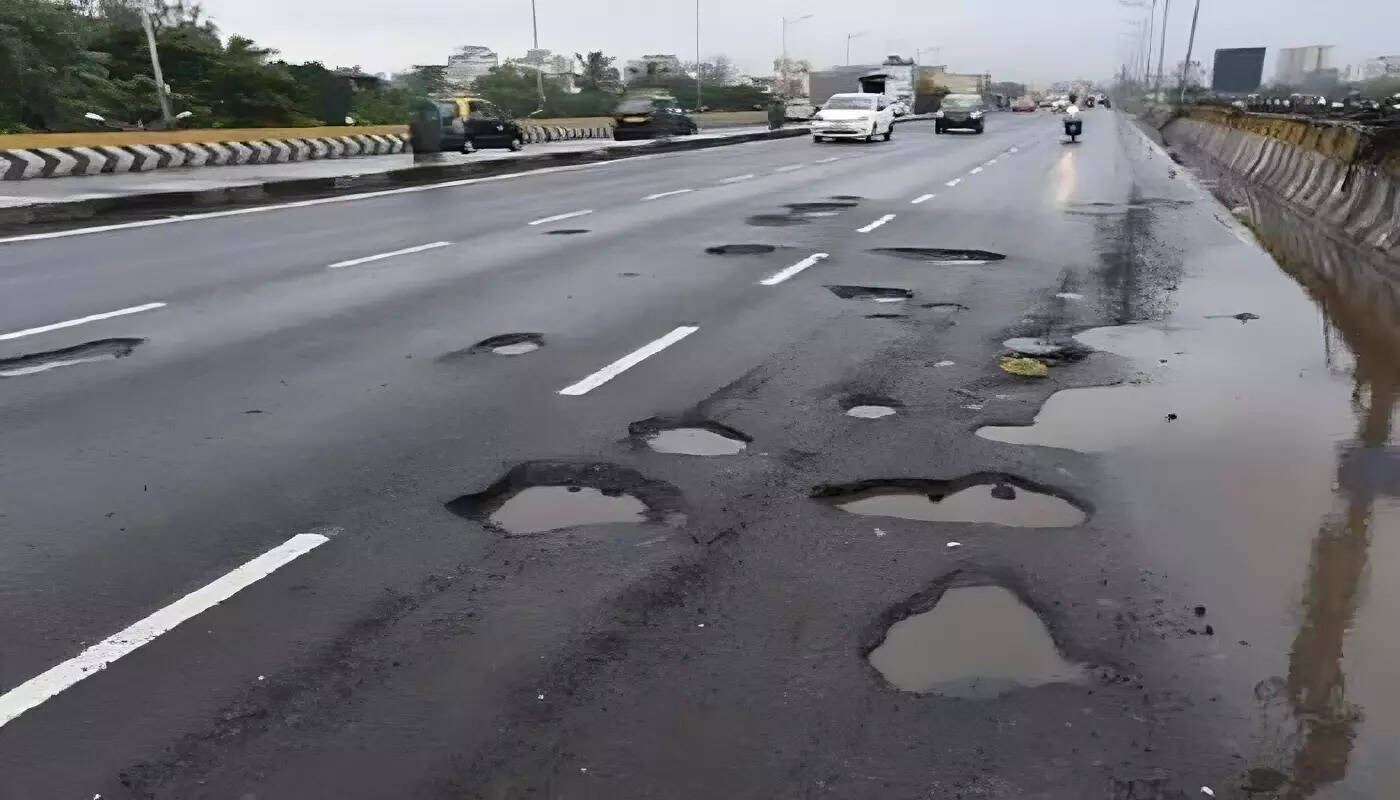
The most recent data from MORTH concerning traffic accidents in India reveals a staggering reality – approximately 4.12 lakh road accidents occur in the country each year, leading to a harrowing daily toll of 1,130 accidents and the loss of 422 human lives. Regrettably, Bihar showcases an even grimmer scenario, with an accident severity index surpassing 80, positioning it among the poorest performers in road safety.
Notably, Bihar ranks in the top 10 states for accidents and holds the disheartening sixth position for the number of fatalities on National Highways (NHs).
Adding to this, Bihar’s fatality rate, calculated as accidents per 10,000 registered vehicles, ranks among the nation’s highest. Patna alone witnessed approximately 210 fatalities and 285 severe injuries on its roads in 2021. Given these disconcerting statistics, it’s evident that urgent and collective efforts are imperative to address the dire road safety situation in the state.
The multifaceted road safety issues can be broadly categorized into three overarching aspects – enforcement-related challenges, education-related challenges, and engineering-related challenges.
Enforcement: MORTH’s report (2021) underscores that the most significant contributor to road crashes is over-speeding, responsible for over 70% of all accidents in India. This concern is further exacerbated by rampant over speeding along with underage driving prevalent in India, Bihar being no exception. Additionally, accidents resulting from overloading account for over 7% of all incidents. Instances of wrong-side driving, cellphone use while driving, jumping red lights, and cases of driving under the influence continue to occur in substantial numbers, despite liquor prohibition in the state.
The situation becomes worse when the heavy vehicle drivers become violators as these vehicles are difficult to handle due to their large sizes and heavy load therein. Irony is that more people are killed on Indian roads than all guns, still it is easier to get a driving license than an arms license. Encroachments on roads result in narrowing down of pavements and pedestrian facilities, thus exposing road users to accidents.
Education: The inadequate enforcement of traffic regulations has deeply impacted the driving behaviour of road users, leading to rampant violations. The issuance of driving licences without proper trials and to individuals unfamiliar with traffic rules has created a hazardous environment, threatening the safety of all road users. Another concerning factor is the lack of awareness and knowledge among road users about essential road safety principles.
Unfortunately, presently the desired road user behaviour and rules etc. are not given much emphasis in families, schools or colleges depriving them from this important knowledge. Road users without having formal education have often been observed to show dangerous behaviour and their number is higher in Bihar.
Engineering: Both vehicular and road-user elements play pivotal roles in road safety. Substandard vehicular conditions, including inadequate lighting and braking efficiency, contribute to road accidents and fatalities.
Similarly, road conditions characterized by poor maintenance, sharp curves, steep roadside features, and neglected drainage and cross-drainage repairs significantly compromise road safety. Many hotspots have been identified in Bihar and the work of identification of hotspots is on and engineering solutions to enhance safety is being worked on.
In conclusion, the road safety landscape in Bihar demands immediate attention and comprehensive action. By addressing the enforcement, education, engineering and emergency response aspects, all the stakeholders can collectively strive toward a safer and more secure road environment for everyone.

